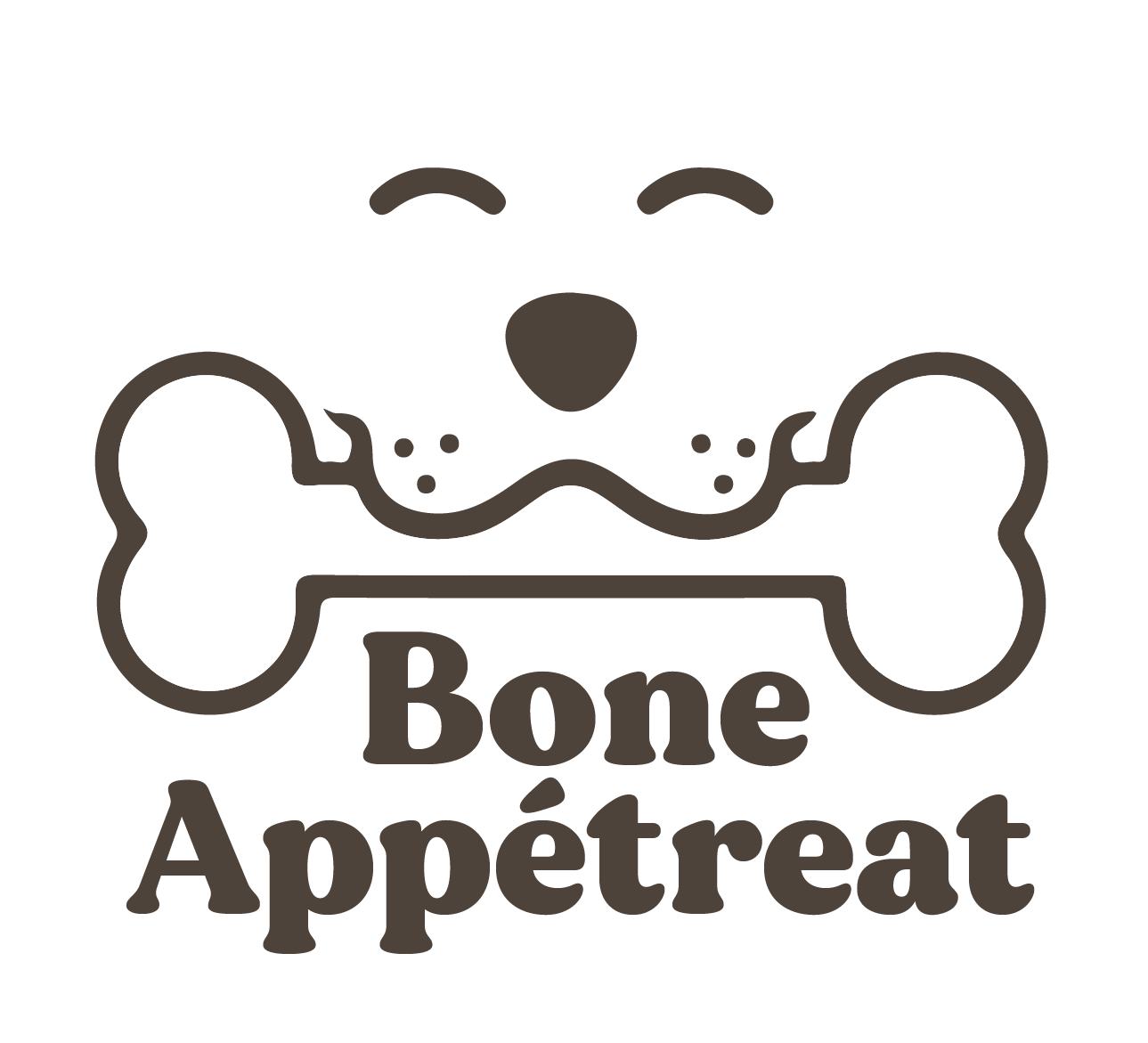It’s a question that every dog owner has had. How often should you feed your dog? How much should they eat? How many meals are there in a day? We’re breaking it all down here!

They say dogs are like their owners, which would explain why my Rhubarb always seems to be thinking about her next meal. But how many meals should dogs actually eat a day? The answer isn’t straight forward, but we’re breaking down the current research today!
Should dogs eat once a day?
Let’s kick things off by diving into a recently published study conducted through the Dog Aging Project. This observational study followed over 10,000 dogs, tracking their lifestyles and health conditions. They found that dogs fed once per day had better cognitive scores and were less likely to 9 types of canine healthy problems (to include orthopedic, gastrointestinal, oral, liver, or urinary health conditions).
So should dogs only eat once a day based on these findings? It’s too soon to tell, and the researchers highlight the need for future research.
This was an observational study, meaning the findings were all correlations (anyone remember statistics class? correlation is not causation!)
For example, what if the reason that the dogs eating once per day being healthier was because they simply consumed fewer calories overall? (This is the case in humans who do intermittent fasting, so it’s not a stretch to think the same could hold true for our furry companions.)
So while there is compelling evidence that dogs eating less frequently (or at least, less food) have better health outcomes, we’re going to wait for more concrete evidence before we recommend once daily feedings.

What factors affect how often a dog should eat?
Dogs come in all shapes and sizes, so there’s no one-size-fits-all approach to determining feeding schedule. Factors that affect how often a dog should eat include:
- Age: Puppies need to eat more frequently than adult dogs because of their high metabolism.
- Activity Level: Active dogs may need more frequent food to keep up with the calories they’re burning.
- Size: Small dogs typically need to eat more often, as they are prone to hypoglycemia (lack of sugar).
- Breed: Some breeds are better off fed smaller, more frequent meals (such as those prone to twisted stomach, or GDV).

How often should an adult dog eat?
Most veterinarians recommend that adult dogs eat two meals per day, about 12 hours apart.
We couldn’t find research that speaks to whether a schedule is even needed at all. So if your dog can healthfully free-feed (i.e. doesn’t gulp it all down and isn’t overweight), there’s no reason we could find that would say you shouldn’t do that. Just be sure to give them only as many calories as they need in a day!
Similarly, you can use your dogs food or kibble as training “treats” throughout the day. Simply measure out the amount of food they need in a day and place it in a bowl or baggie. Use that food for training or enrichment throughout the day.
As mentioned above, different breeds and sizes have different feeding frequency needs, so be sure to consult your vet before changing up mealtime.

How often should a puppy eat?
Puppies have high metabolisms, and this means they need to eat… all the time!
For the first 4 months of their life, puppies need frequent meals – 4 to 6 small meals per day. Once the puppy is 4 months old, they can transition to 3 meals per day until they are an adult (about 1 year old).
Having a feed schedule is important for puppies because it helps with:
- Encouraging predictable potty training
- Stabilizing energy levels
- Teaching hierarchy in the household


